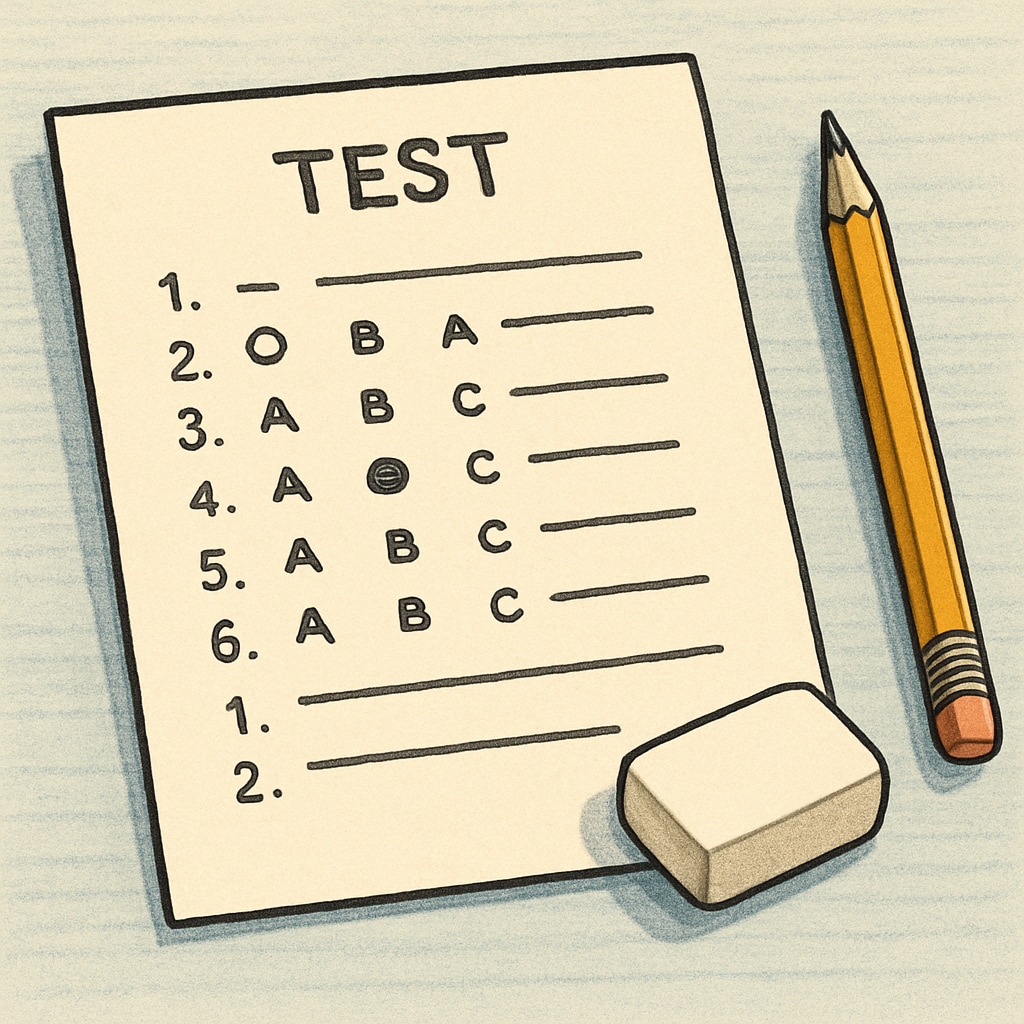Math anxiety, multiple-choice exam barriers, and the pressure of performing under time constraints are common challenges for students. These difficulties not only impact academic performance but can also lead to long-term avoidance of math-related subjects. In this article, we explore how test anxiety, particularly during multiple-choice exams, develops and share actionable strategies to overcome these obstacles.

Understanding the Roots of Math Anxiety
Math anxiety is a psychological condition where individuals experience intense fear or stress when faced with mathematical tasks. This anxiety can stem from negative past experiences, societal stereotypes about math being “hard,” or even personal pressure to excel. Multiple-choice exams, often perceived as high-stakes due to their format, exacerbate this stress. The fear of selecting the wrong answer and the ticking clock can paralyze students, impairing their ability to think clearly.
Studies from Wikipedia on Math Anxiety show that this phenomenon is not limited to struggling students; even high achievers can experience math-related stress. Addressing these psychological triggers is key to mitigating the effects of exam pressure.
How Multiple-Choice Format Amplifies Stress
Multiple-choice tests demand quick decision-making, which becomes challenging when anxiety clouds judgment. This format often includes distractor options—plausible but incorrect answers—that can confuse students. The pressure to choose correctly, combined with math anxiety, can lead to second-guessing and a vicious cycle of self-doubt.
For example, a student might overanalyze every option, fearing that their first instinct is wrong. As a result, they waste valuable time and might ultimately choose incorrectly. This phenomenon, known as “analysis paralysis,” is particularly common among students with test anxiety.

Practical Strategies to Conquer Math Anxiety
To reduce math anxiety and improve performance on multiple-choice exams, consider the following strategies:
- Practice Mindfulness: Deep breathing and mindfulness exercises can help calm nerves before and during the exam.
- Break Down Questions: Read each question carefully and eliminate obviously incorrect answers to narrow down choices.
- Use Positive Reinforcement: Replace negative self-talk with encouraging statements like “I can solve this problem.”
- Simulate Exam Conditions: Practice multiple-choice quizzes under timed conditions to build familiarity and confidence.
- Seek Help Early: Tutors or teachers can provide guidance on challenging concepts and effective test-taking strategies.
Research from Britannica on Stress Psychology highlights the importance of managing stress proactively to improve cognitive performance. Implementing these strategies can empower students to regain control and approach exams with clarity.
Rebuilding Confidence in Math
Overcoming math anxiety is not only about improving exam performance but also about fostering a positive attitude toward math as a subject. Students who conquer their fears often find themselves enjoying the logical challenges math offers. Teachers and parents play a crucial role in encouraging this mindset by celebrating small successes and reducing undue pressure.
Ultimately, confidence comes from consistent practice, a supportive learning environment, and the belief that mistakes are opportunities for growth. By addressing the psychological barriers associated with math anxiety and multiple-choice exams, students can unlock their full potential.
Conclusion: Math anxiety and multiple-choice exam barriers are significant but conquerable challenges. With the right strategies and mindset, students can overcome these obstacles, rebuild their confidence, and view math not as a source of stress but as an opportunity to excel.


